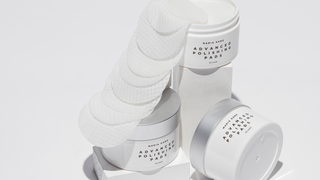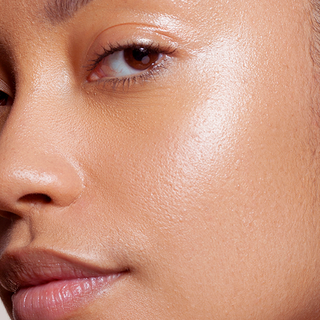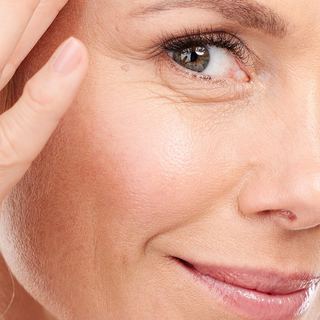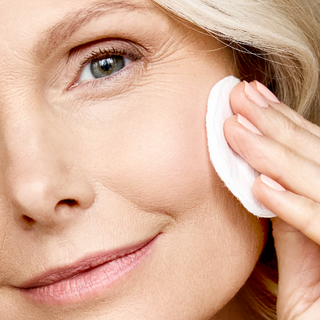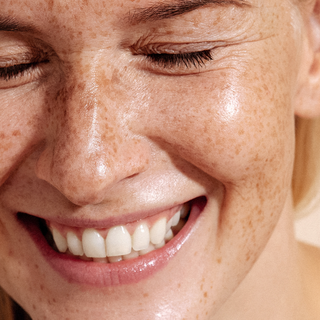As your skin ages, your cell turnover will start to slow down. You'll lose a bit of volume, and your skin won't appear as bright as it used to. This is where we recommend introducing exfoliators.
Diving into the world of chemical exfoliants can be intimidating. The promise of glowing, smooth skin is alluring, but the jargon and seemingly endless product choices often deter many of us from venturing beyond our comfort zone of cleanser and moisturizer.
Today, I aim to help you understand these potent skincare additions and how to integrate them into your current routine. The primary goal of exfoliation is to slough off dead skin cells to allow fresh, new skin to come forward. There are two types of exfoliants: physical and chemical. Physical exfoliants involve using abrasive materials or tools to remove dead cells physically. Chemical exfoliants, however, use mild acids to dissolve the bonds holding these cells together.
Chemical exfoliants: AHA vs. BHA
The chemical exfoliants are generally grouped into AHAs (alpha hydroxy acids) and BHAs (beta hydroxy acids). AHAs, like glycolic acid and lactic acid, are water-soluble, which means they work on the surface of the skin, making them ideal for normal to dry skin types. BHAs such as salicylic acid are oil-soluble, allowing them to penetrate deep into the pores, making them excellent for oily and acne-prone skin.
Each acid has unique properties and benefits, so you must pick the right one for your particular skin concerns. Different skin types can benefit from chemical exfoliants in various ways. BHAs help oily or acne-prone skin by reducing excess oil and unclogging pores. AHAs can hydrate and reduce the appearance of fine lines in dry or mature skin.
Where to begin
The trick is to start slow – introducing these acids gradually can produce amazing results without the risk of irritation. Out of the three Maria Kane treatment pads, Advanced Polishing Pads are the staple pad that fits every skin type and routine.
Advanced Polishing Pads have a TCA, azelaic acid, and salicylic solution. The blend of acids encourages cell turnover, unclogs pores, and reduces inflammation in the skin. Whether your skin is dry and aging or oily and acne-prone, the Polishing Pads are a staple in every routine.
Trichloroacetic acid, or TCA, which is the "polishing" ingredient. TCA stimulates the natural production of collagen and elastin, leading to tighter and brighter skin.
Advanced Polishing Pads also contain azelaic acid and salicylic acid. Azelaic acid has anti-inflammatory properties, which help to calm redness and irritation. And salicylic acid penetrates deep into pores, clearing out excess oils and preventing breakouts.
Consistency is key
When it comes to chemical exfoliants, consistency is key. Regular use will yield the best results, so incorporate them at least twice weekly. If you have sensitive skin, you might find that twice weekly is a perfect balance. Mature skin can incorporate the Advanced Polishing Pads daily or every other day, alternating use with a retinol treatment.
Swipe a single pad across your face and neck to apply. Let it sit for at least 15 minutes before you go in with any other serums or moisturizer. It's normal to experience a slight tingling sensation, but the feeling will subside after a few moments. Wake up polished and glowing. Make sure you apply sunscreen the following day, as exfoliants make your skin more photosensitive.

